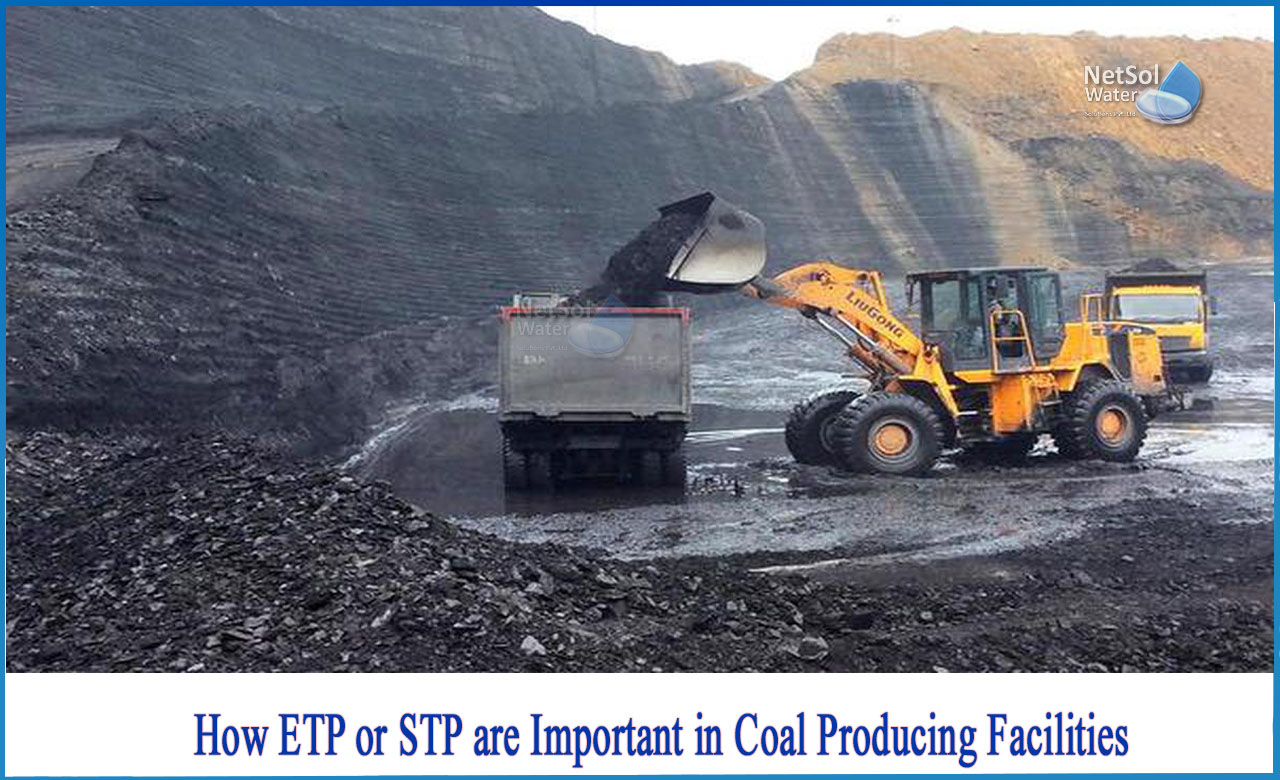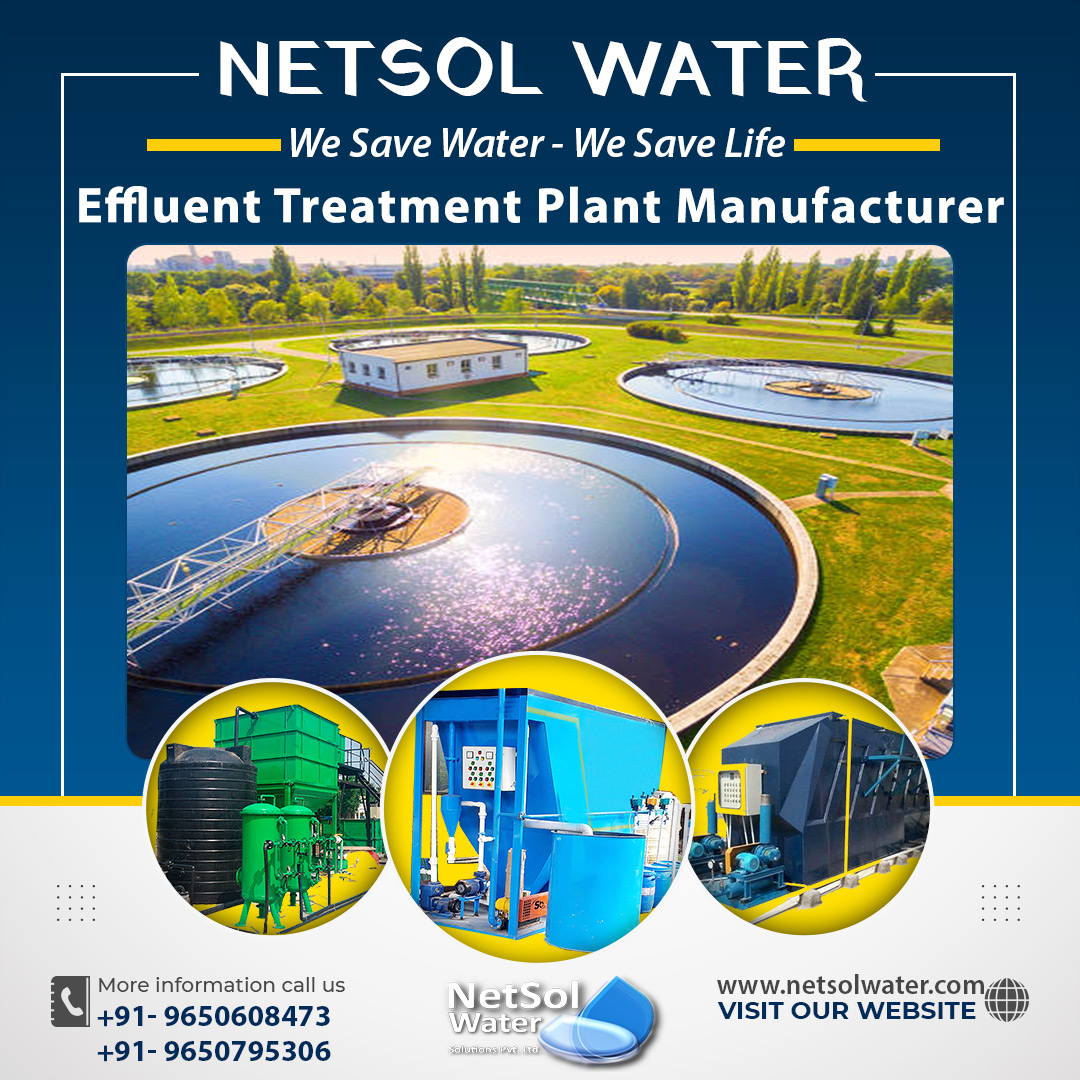How ETP or STP are important in coal producing facilities?
To compensate for our country's energy crisis, projects use coal to produce oil, natural gas, and other chemical materials which have been sprouting up all across the country. A substantial volume of wastewater is created throughout the combustion, gasification, cooling, and washing processes. The wastewater's composition is extremely complex. Chemical effluent from coal is not only linked to coal quality, but also to the gasification process.
Basic characteristics of coal chemical wastewater
Gas washing wastewater with high concentrations of toxic and harmful substances, such as phenol, cyanogen’s, oil, and ammonia nitrogen, make up the majority of coal chemical wastewater.
COD levels range from 300 to 5000 mg/L, while ammonia nitrogen levels range from 150 to 400 mg/L. Because it contains organic pollutants such as phenols, polycyclic aromatic hydrocarbons, and heterocyclic compounds containing nitrogen and sulphur, coal chemical wastewater is a typical industrial wastewater that is difficult to degrade. The organics that degrade are mostly phenolic and benzene compounds, such as pyrrolidone, naphthalene, furan, and dialkylimidazolium. Pyridine, carbazole, biphenyl, terphenyl, and other refractory organics are examples.
There are a lot of organics that are refractory. Some of them are hazardous to living things. The ammonia nitrogen concentration is high, and organic nitrogen is present in the effluent. The compounds in wastewater that contain chromogenic groups cause the water to have a dark color. In practical operation, high alkalinity and salinity make equipment and pipes prone to scale and clog. The phenol ammonia recovery procedure, extractant selection, and phenol pretreatment effect all have a significant impact on the subsequent wastewater treatment in a low temperature gasifier.
Furthermore, the same procedure using different coal results in different wastewater. The composition of phenols in wastewater is complicated when low-quality coal, such as long-flame coal and lignitous coal, is used for gasification, and wastewater treatment is challenging.
Importance of ETP in coal facilities
Coal chemical effluent has a complex water quality, a significant volume of water, and is challenging to manage. To achieve near-zero emissions from coal chemical wastewater, it is critical to build an integrated and complete process with a stable system, shock resistance, cheap treatment cost, and good effluent impact. Pointwise importance is given as:
1. Improving the technology for sewage treatments
The biodegradability of coal chemical effluent is low due to poisonous and hazardous chemicals that will impair the later biochemical treatment. As a result, it is vital to develop pretreatment technology in order to improve sewage biodegradability and reduce biological toxicity. Improve the treatment effect by optimizing existing processes such as ammonia distillation and phenol removal.
2. Bio enhancement
One of the most important and hardest aspects of coal chemical wastewater treatment is biological nitrogen removal. It is a critical technology for selecting a biological treatment procedure with high toxicity resistance, as well as cultivating and adapting activated sludge for the treatment of coal chemical effluent.
3. Increased post-treatment intensity
The key to achieving the requirements for water reuse by treating coal chemical effluent is the postprocessing approach. It is also a critical technique for achieving zero discharge of genuine coal chemical effluent. The key procedures for advanced treatment are advanced oxidation and membrane assembly. However, the price is still too exorbitant. There are still a number of issues, such as membrane fouling. As a result, methods for lowering treatment costs and controlling membrane fouling, as well as the final concentrated water treatment, can be investigated further.
For installation of ETP’s for coal producing facilities, contact Netsol Water.




